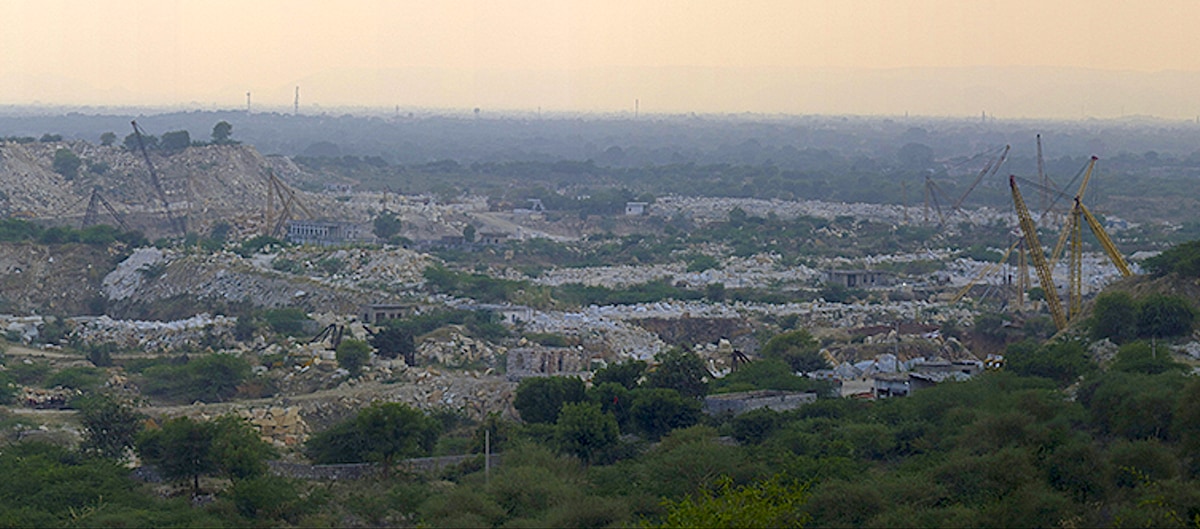The Sariska Tiger Reserve in Rajasthan, India, faces significant threats from illegal mining activities, endangering local biodiversity and disrupting the ecological balance. The Supreme Court of India has intervened to address this issue through landmark judgments aimed at curbing illegal mining and restoring the sanctity of the reserve.
1991: Imposition of Blanket Ban on Mining
- In response to environmental activists and conservationists, the Supreme Court imposed a blanket ban on mining in the Aravalli hills, which encompass the Sariska Tiger Reserve.
- The ban aimed to halt the rampant destruction caused by unauthorized mining operations, which were decimating the flora and fauna of the region.
2005: Closure of Mines Without Environmental Clearances
- Following extensive documentation of damage caused by mining activities, including decline in the tiger population and habitat degradation, the Court directed the closure of mines operating within the reserve without proper environmental clearances.
- This directive led to the immediate shutdown of several mines and initiated a broader discussion on sustainable development and conservation.
Establishment of Monitoring Committees
- Over the years, the Supreme Court established various committees to monitor compliance with its orders.
- In 2009, the Central Empowered Committee (CEC) was tasked with overseeing the implementation of mining bans and ensuring the reserve’s integrity was maintained.
2018: Reinforcement of Ban on Mining
- In 2018, the Court reinforced its ban on mining activities and directed the state government to take stringent actions against violators.
- Measures included shutting down illegal operations, restoring mined areas, and penalizing those responsible for environmental damage.
Impact and Future Directions
- The Supreme Court’s interventions have significantly impacted the preservation of the Sariska Tiger Reserve.
- Challenges remain in ensuring full compliance and tackling new threats, emphasizing the need for enhanced enforcement mechanisms, sustainable practices, and collaborative approaches.
Multiple-Choice Questions (MCQs):
- When did the Supreme Court impose a blanket ban on mining in the Aravalli hills, including the Sariska Tiger Reserve?
a) 2005
b) 1991
c) 2018
d) 2009
Answer: b) 1991 - What was the significant outcome of the Supreme Court’s 2005 judgment regarding mining activities in the Sariska Tiger Reserve?
a) Initiated a broader discussion on sustainable development
b) Reinforced the ban on mining
c) Directed closure of mines without proper environmental clearances
d) Established the Central Empowered Committee (CEC)
Answer: c) Directed closure of mines without proper environmental clearances - Which committee was established by the Supreme Court in 2009 to monitor compliance with mining bans in the Sariska Tiger Reserve?
a) Environmental Task Force
b) Wildlife Conservation Committee
c) Central Empowered Committee (CEC)
d) Reserve Protection Committee
Answer: c) Central Empowered Committee (CEC)
